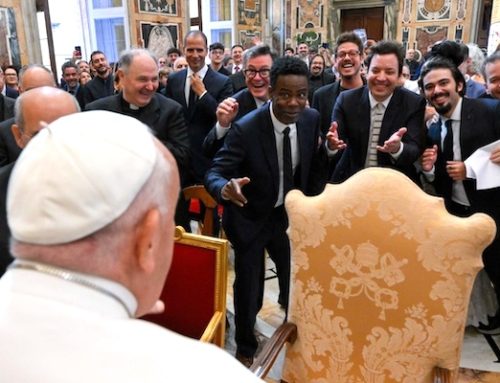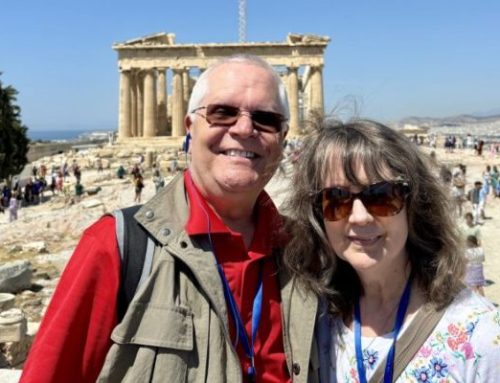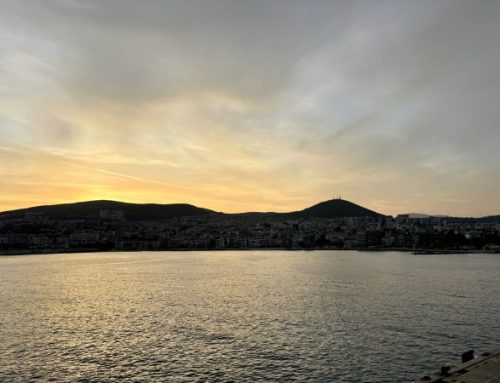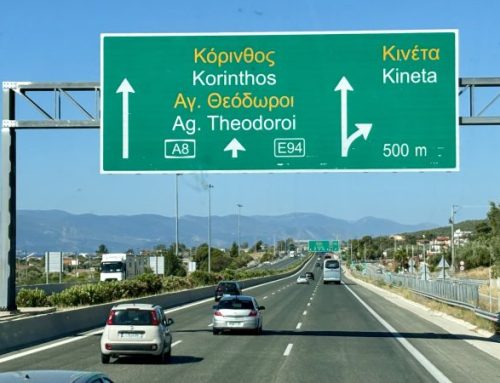Up early again and out the door, heading for the legendary Delphi and the region around Mount Parnassus.

Our first stop of the day was the ancient Greek Orthodox monastery of Hosios Loukas.
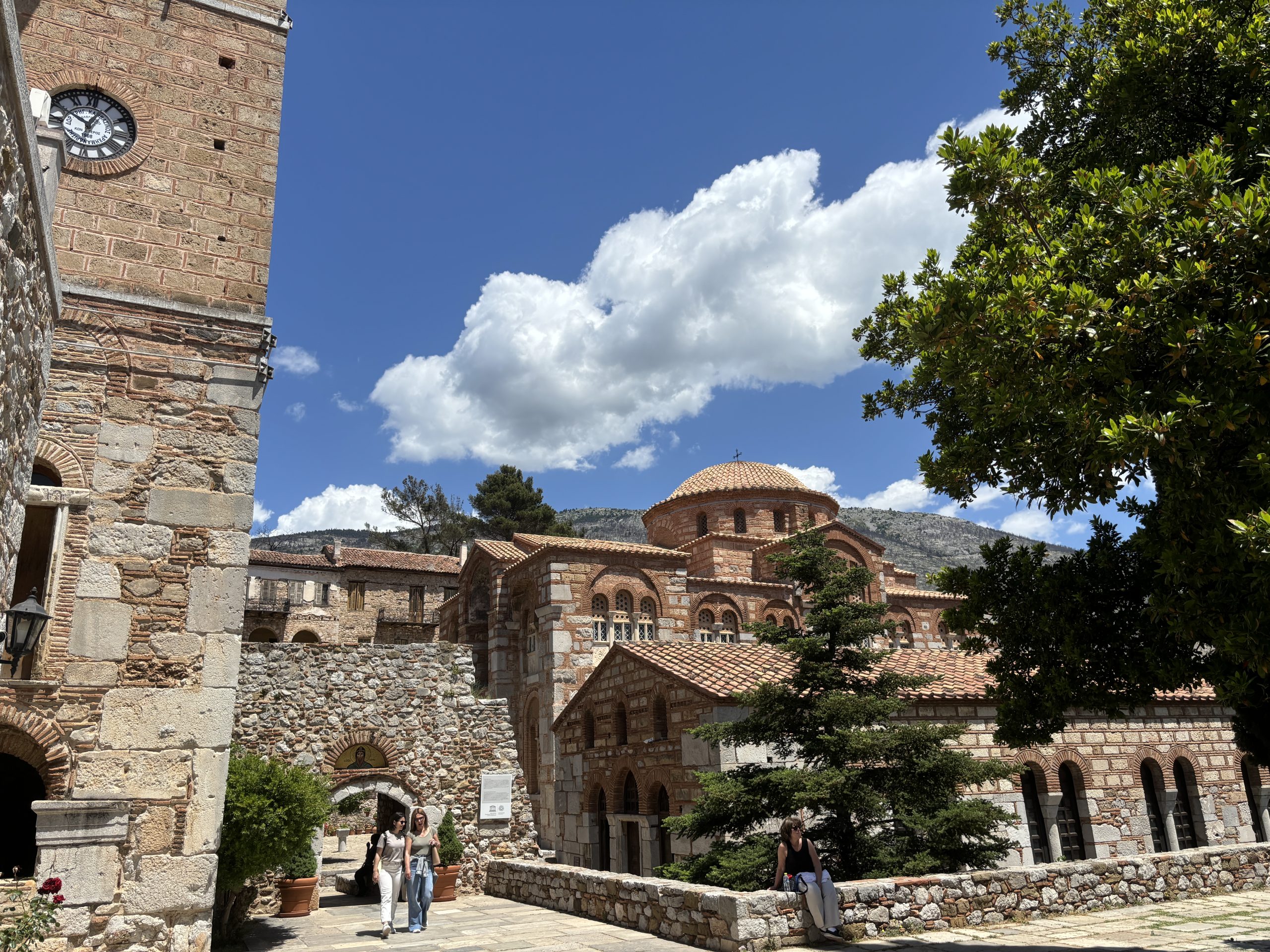
I’ve been to Rome a time or two and wandered through basilicas and gawked at statues and marveled at mosaics in St. Peter’s, but the experience of gazing in wonder at the work of our Eastern siblings is really something rare for me, and incredibly moving.
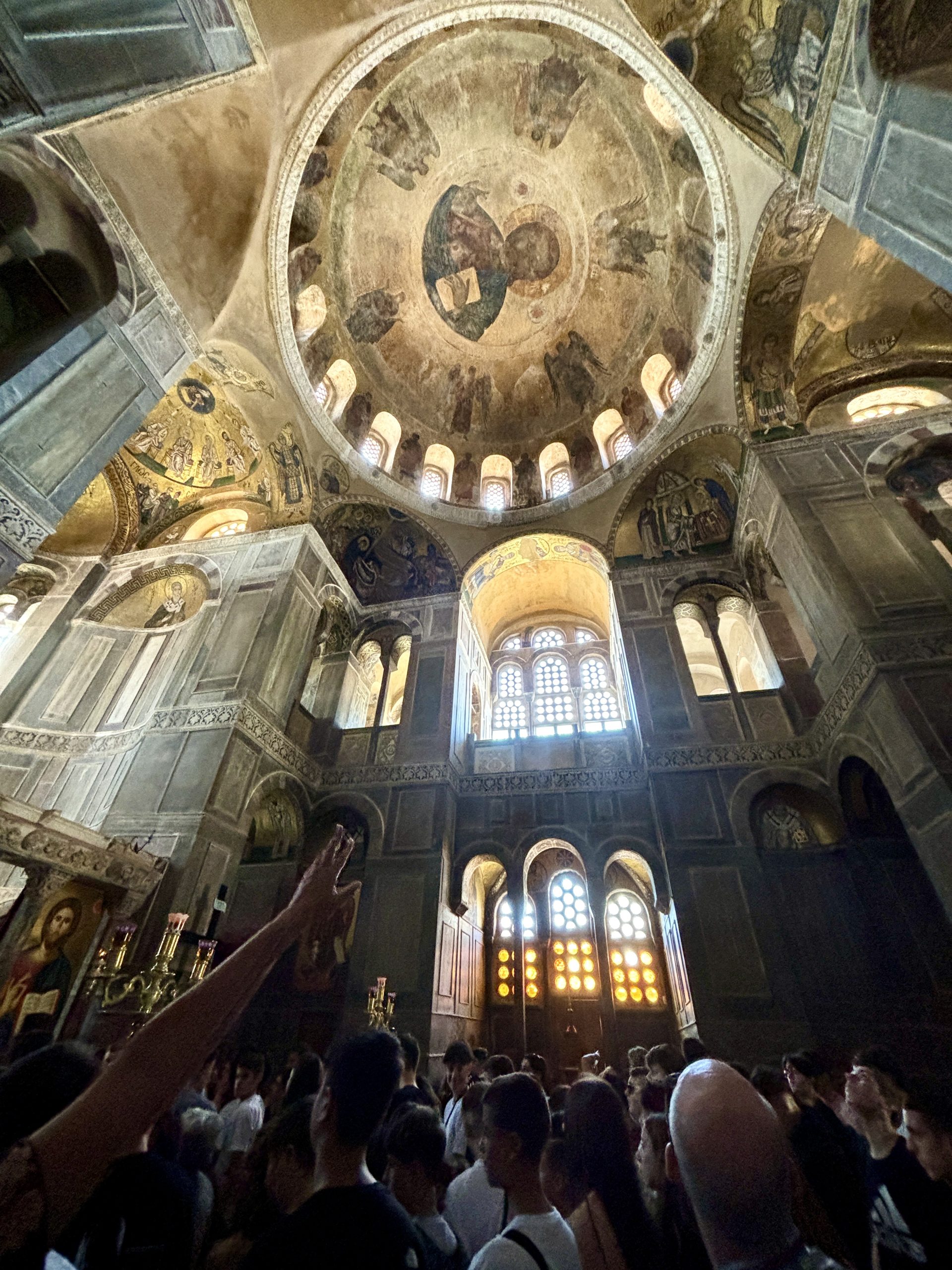
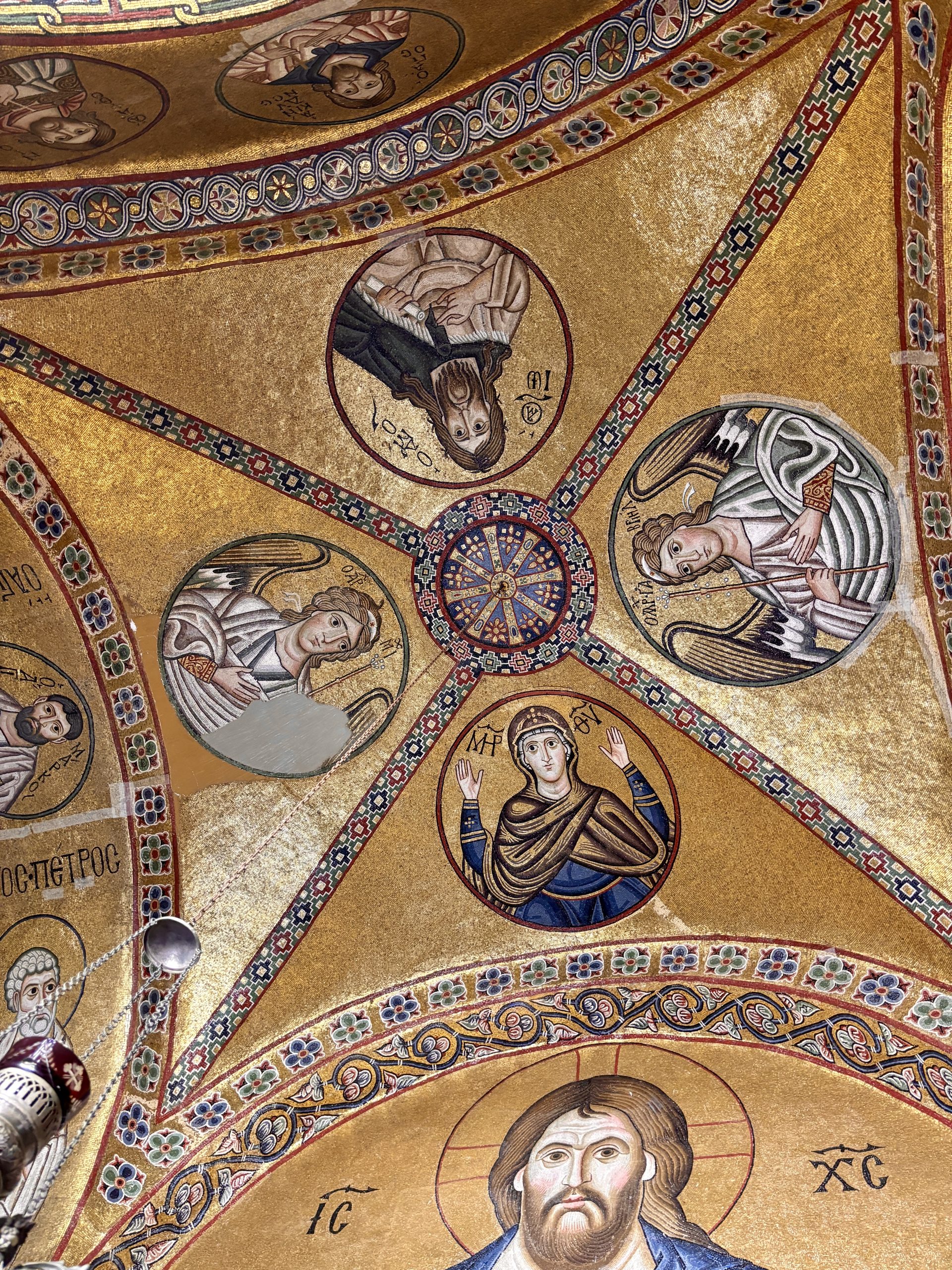
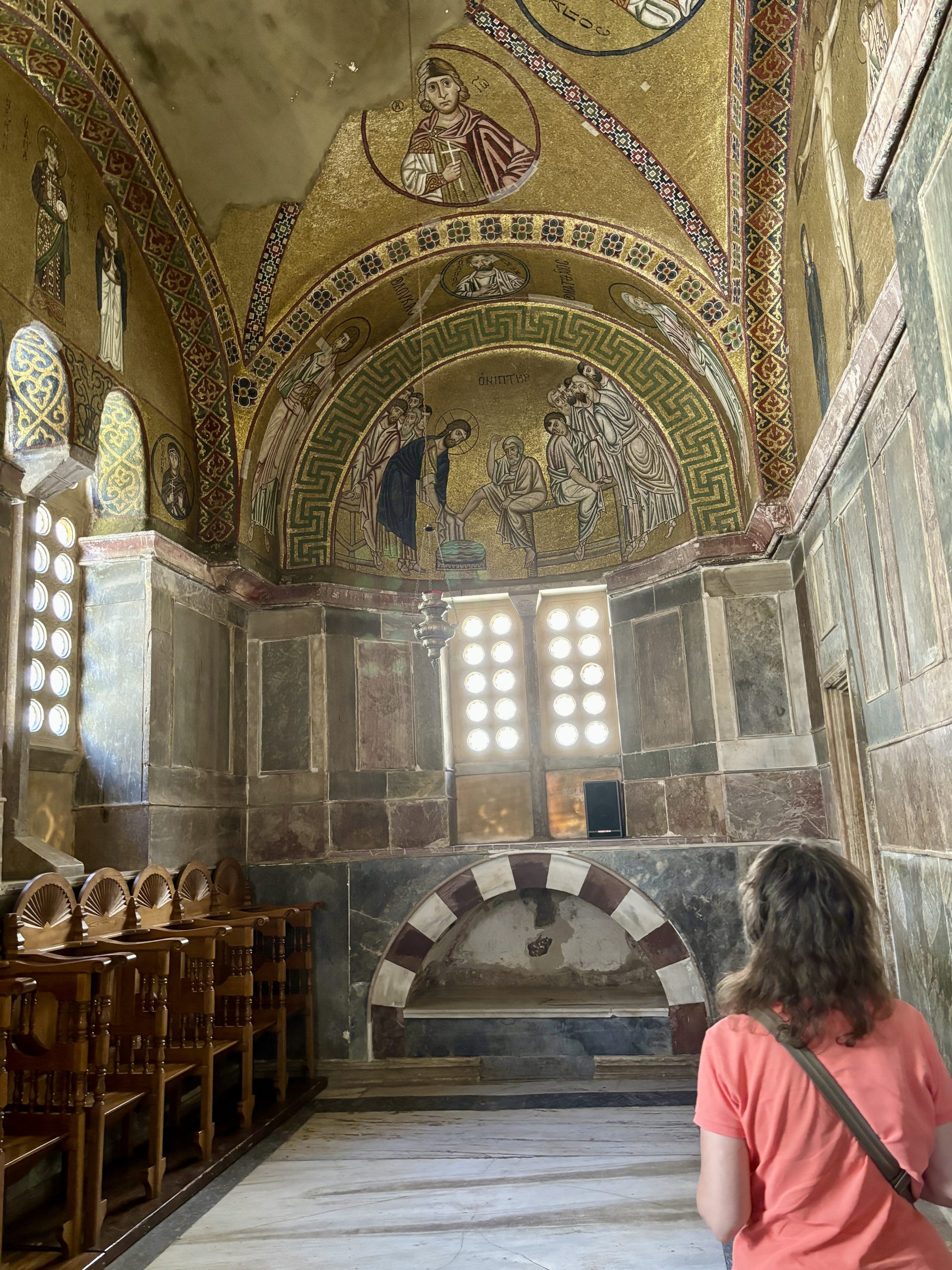
One of the astonishments of the monastery is that it predates a lot of the churches in Rome by hundreds of years. So the craftsmanship and artistry are strikingly different. As Wikipedia notes:
It was founded in the early 10th century AD by the hermit, Venerable (Greek: Hosios) Luke of Steiris (Greek: Lukas), whose relics are kept in the monastery to this day. St Luke (not to be confused with the Evangelist author of the Gospel of Saint Luke), was a hermit who died on 7 February 953. He is famous for having predicted the conquest of Crete by Emperor Romanos. It was unclear if he was referring to Romanos I, the emperor at the time. However the island was actually reconquered by Nicephorus Phocas under Romanos II. It is believed that it was during the latter’s reign (959-963) that the monastery’s Church of the Theotokos (Panagia) was constructed.
There is evidence that the monastery was reputed all over Byzantium for its lavish decoration, liberally applied to all surfaces. Apart from revetment, carving, gold and silver plate, murals, and mosaics (especially imposing on curving surfaces), the interior featured a choice assortment of icons, chandeliers, silk curtains, and altar cloths. Only a fraction of these items are still in situ, most notably colored marble facings and window grilles. Notwithstanding the losses, the Katholikon “gives the best impression available anywhere today of the character of a church interior in the first centuries after the end of Iconoclasm.”
It’s something to see.
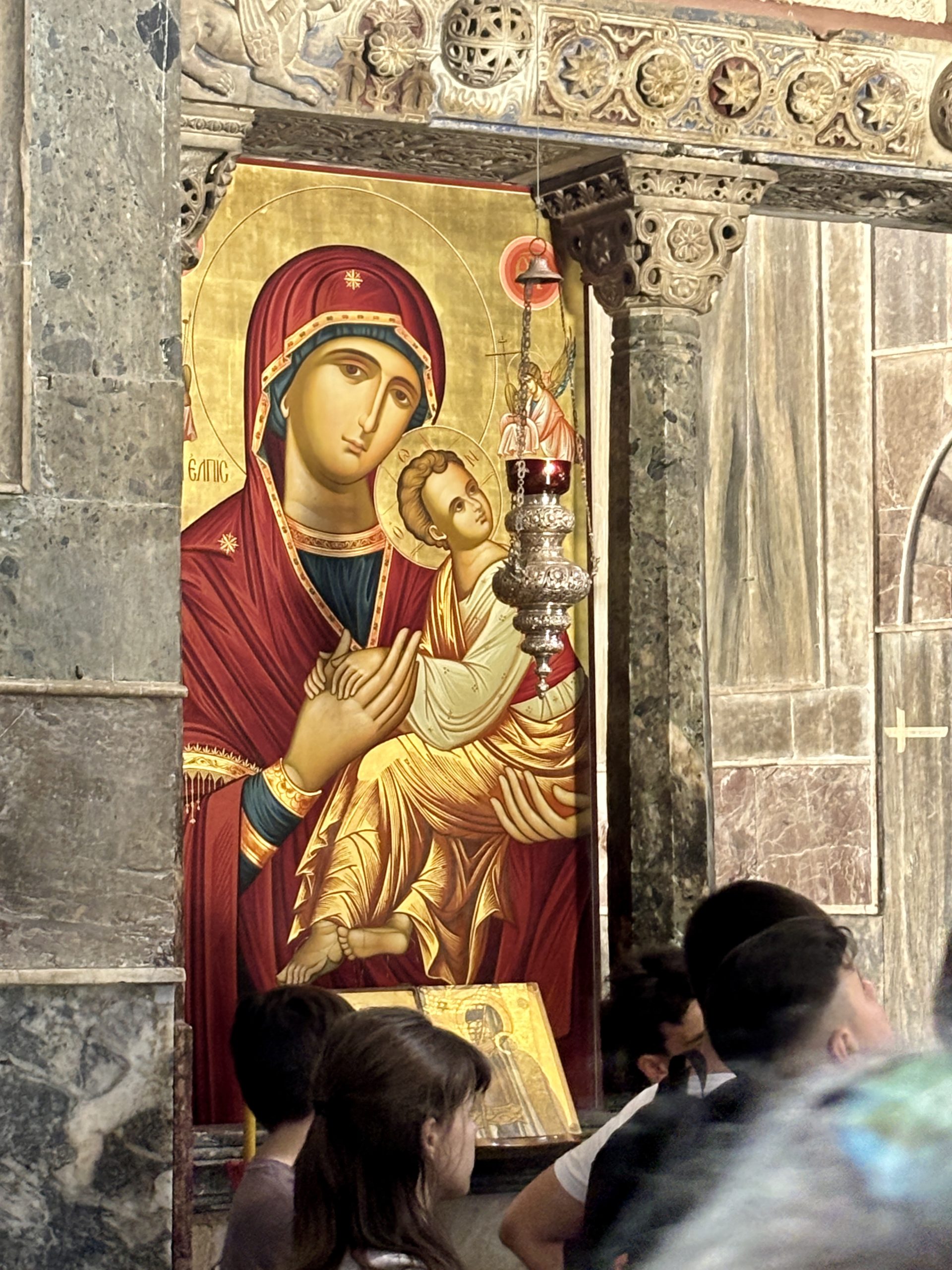
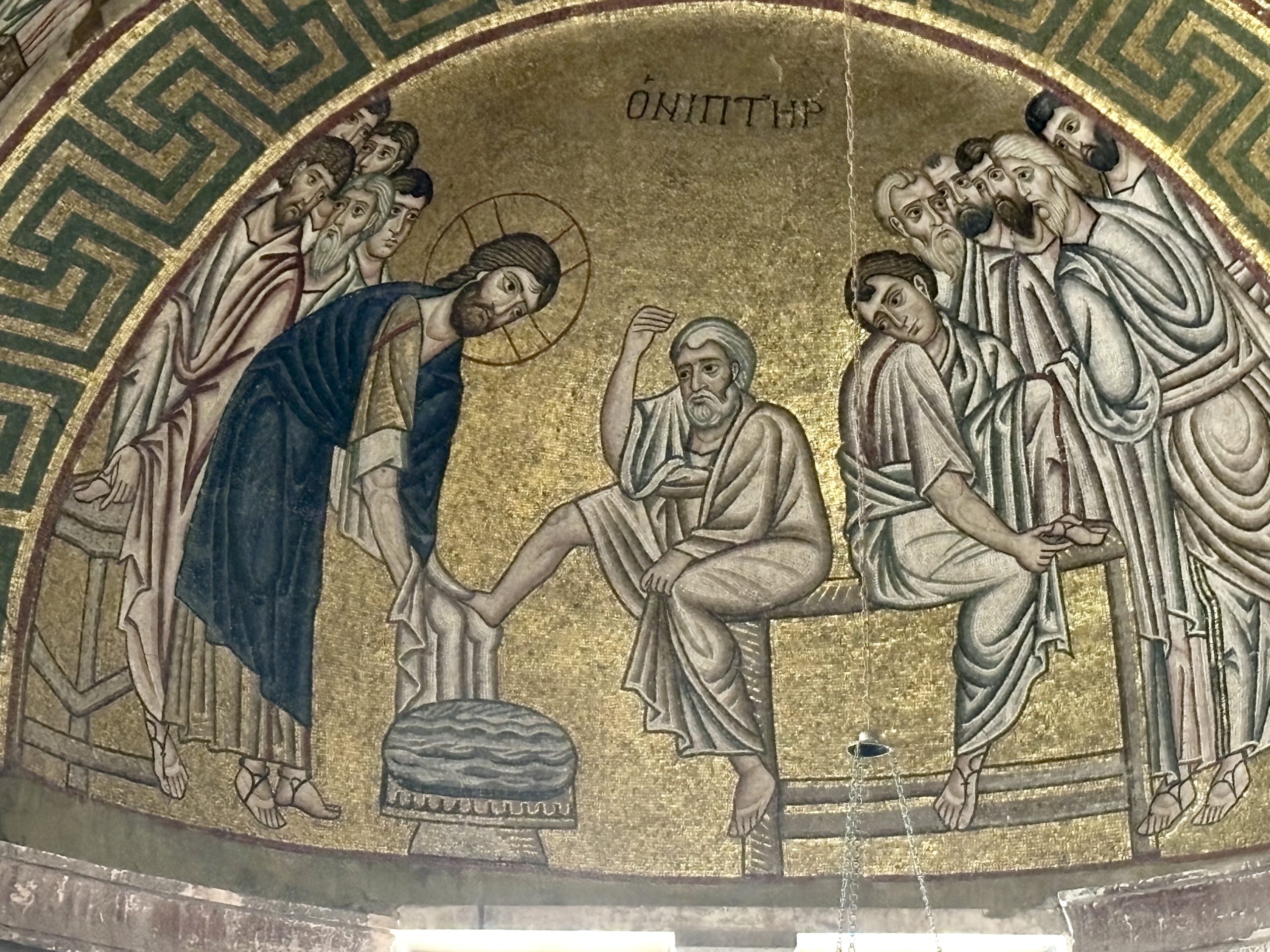
After spending time at the monastery, we headed to Delphi — but first, stopped for a delicious Greek lunch.
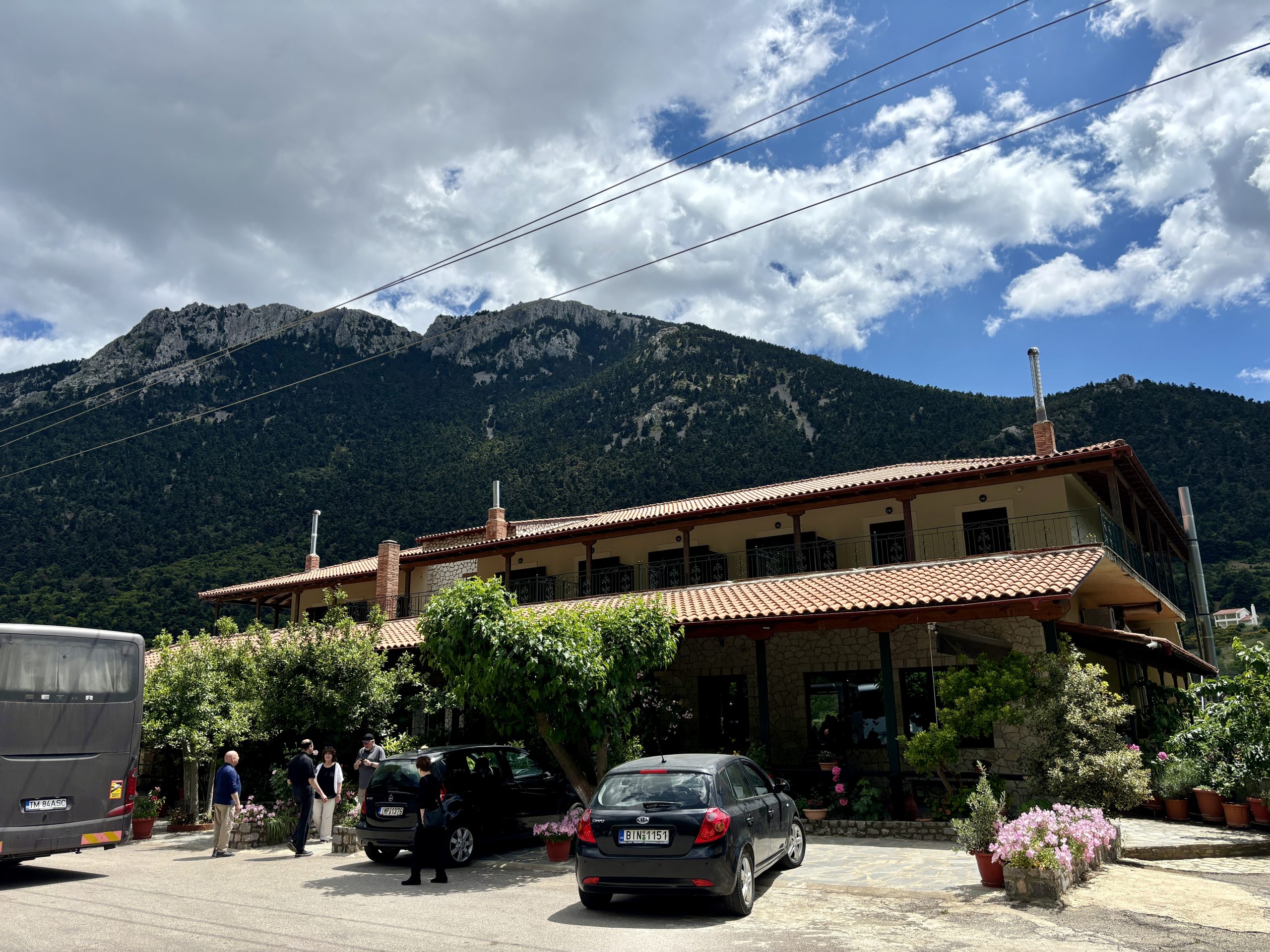


This was the view outside the restaurant.
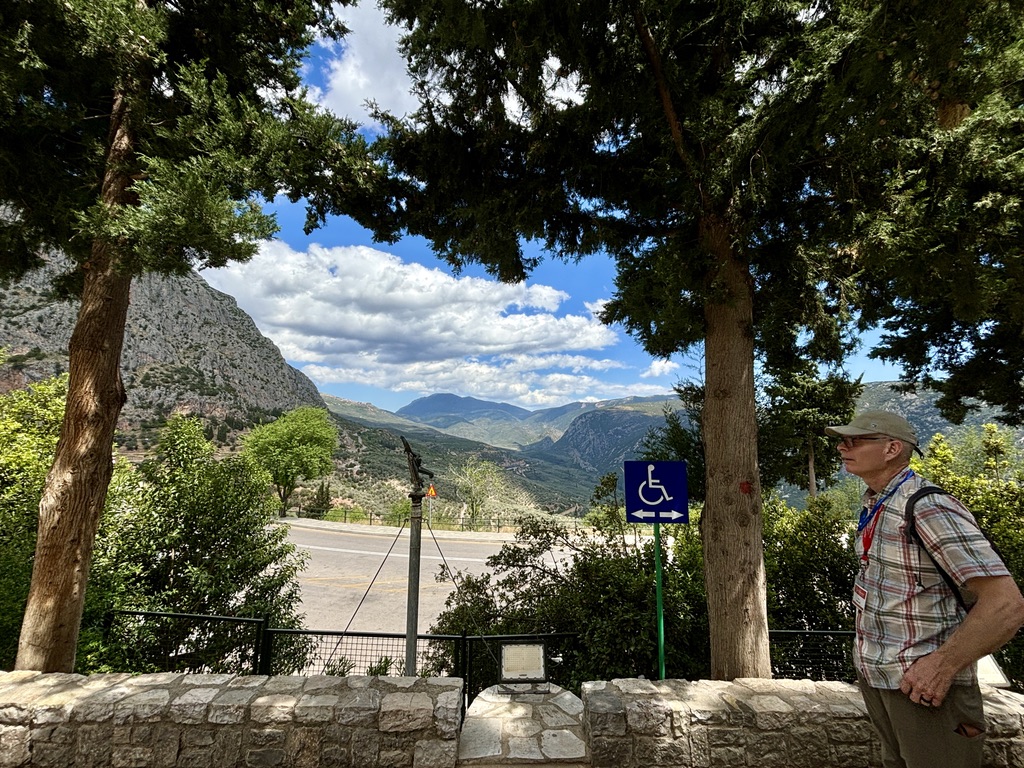
Somehow, we were able to pull ourselves from the table, waddle to the bus, and make our way to Delphi and some spectacular ruins, surrounded by equally spectacular scenery.

A word or two about Delphi:
The ancient Greeks considered the centre of the world to be in Delphi, marked by the stone monument known as the Omphalos of Delphi (navel).
According to the Suda, Delphi took its name from the Delphyne, the she-serpent (drakaina) who lived there and was killed by the god Apollo (in other accounts the serpent was the male serpent (drakon) Python).
The sacred precinct occupies a delineated region on the south-western slope of Mount Parnassus.
It is now an extensive archaeological site, and since 1938 a part of Parnassos National Park. The precinct is recognized by UNESCO as a World Heritage Site in having had a great influence in the ancient world, as evidenced by the various monuments built there by most of the important ancient Greek city-states, demonstrating their fundamental Hellenic unity.
The site is also home to an impressive museum, where some of the original artifacts are preserved. Sofia, our guide, did a superlative job of describing the significance and meaning behind these discoveries.

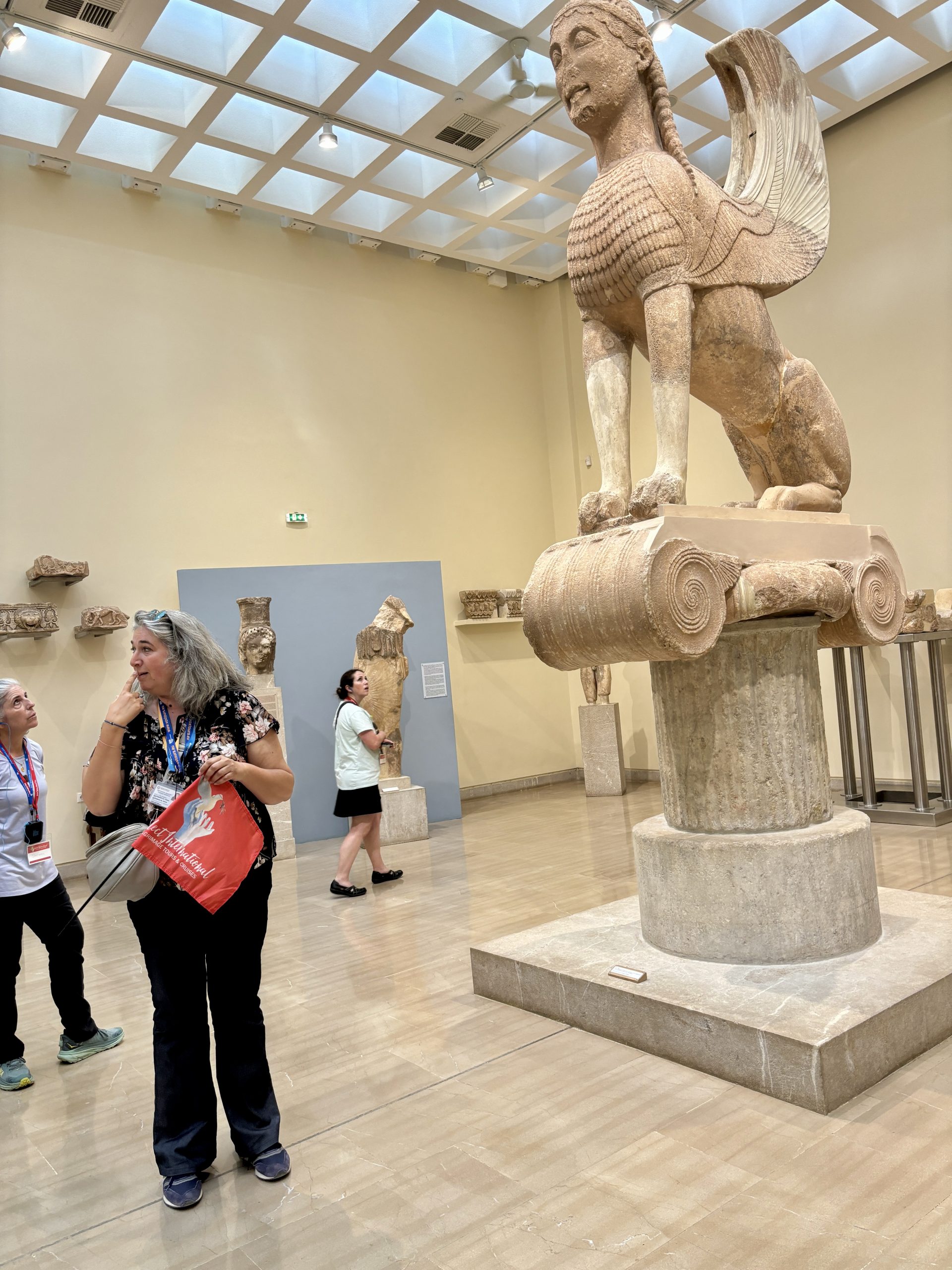
This was the culture that Paul sought to convert on his missionary journeys, and seeing the world he was entering helped give context and a powerful sense of history to our own journey this week in his footsteps.
Speaking of footsteps: there are a lot of them on this trip — many up and down hills covered in slippery marble. How the ancients walked these roads in sandals without killing themselves is a mystery to me
The video below gives a sense of what it’s like.
After Delphi, we hit the road again and made it, at last, to Athens.
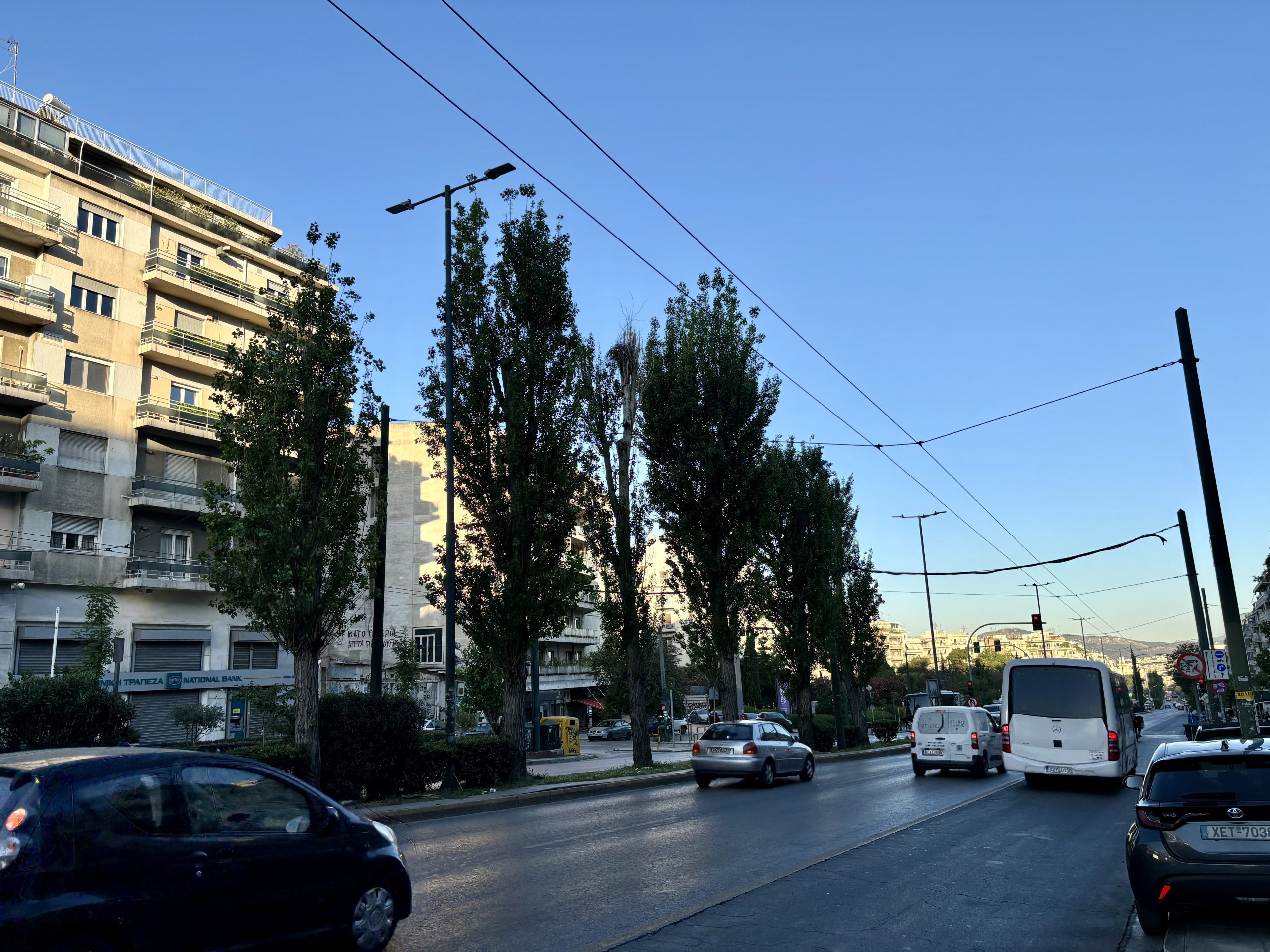
We’re staying just one night at the Athens Zafolia hotel.

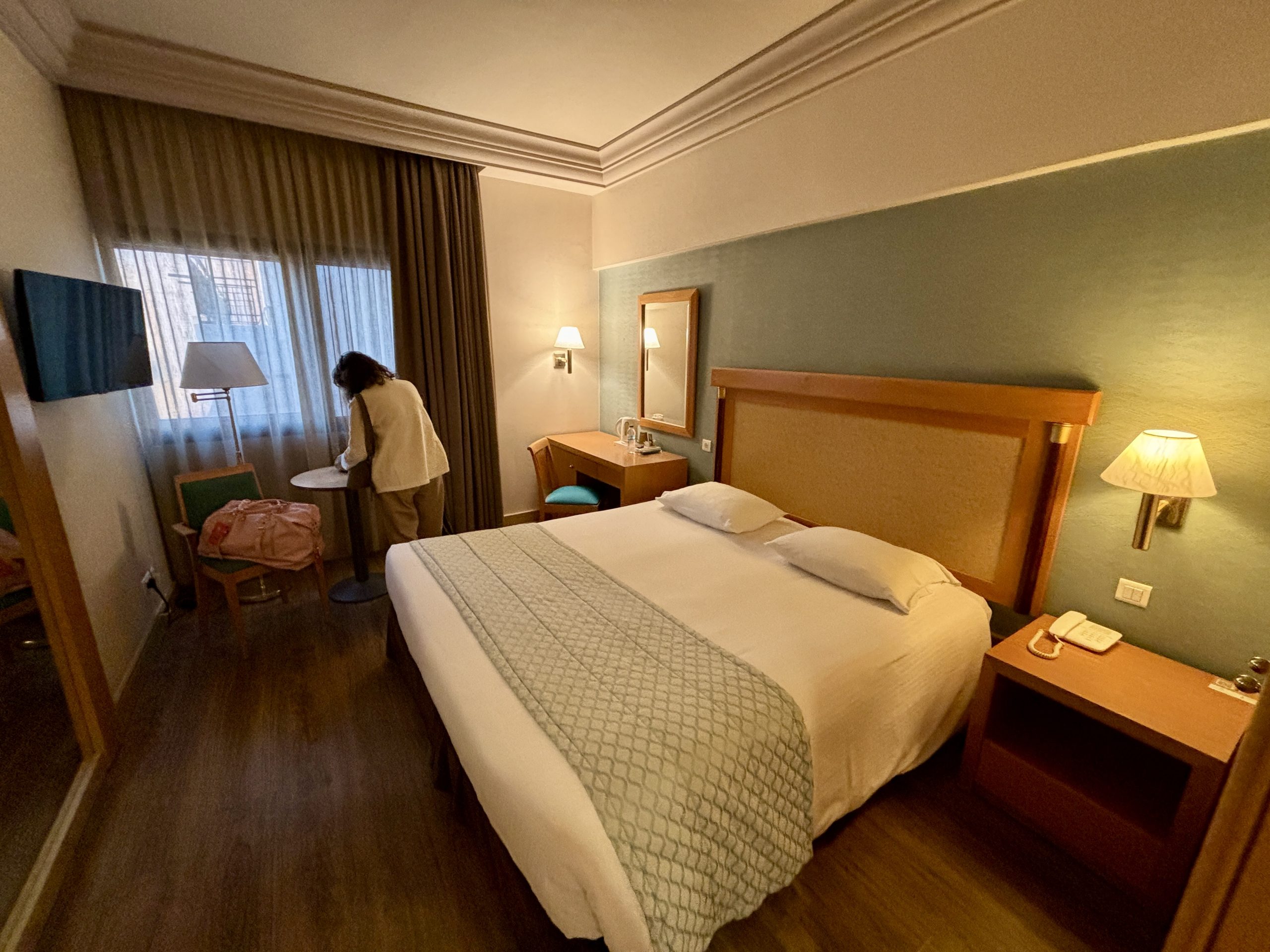
Friday, we’ll be up and out the door again to depart for the port and board a cruise ship for a three-day trip around the Greek islands, with notable stops at Patmos (where John wrote the Book of Revelation), Ephesus (and the venerated House of Mary, where she is believed to have spent her last days on earth) and Santorini.
Nikos Kazantzakis wrote in “Zorba the Greek”: “Happy is the man, I thought, who, before dying, has the good fortune to sail the Aegean sea.”
We’re about to do just that.


